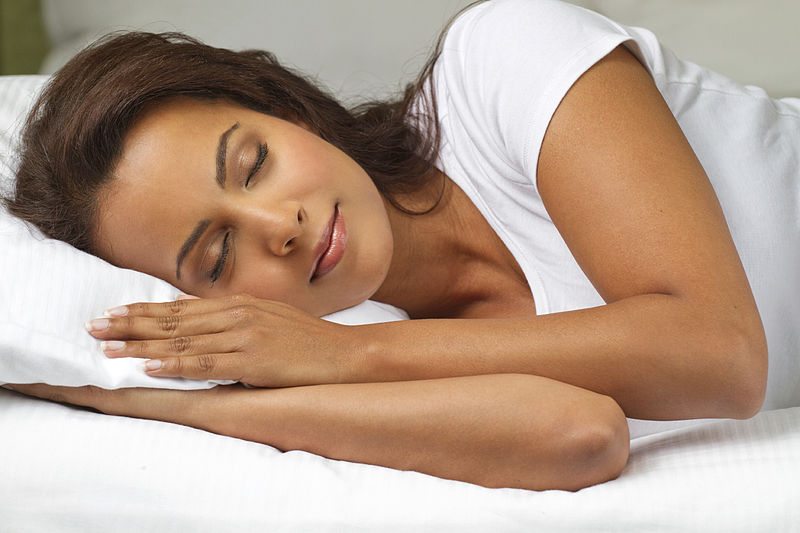(Power) nap your way to success
How is your sleep schedule looking? Too tired to concentrate on long words? With essay and dissertation deadlines just around the corner and the 24-hour library provision on the horizon in Term 3, now is the time to reconsider how you sleep.
Despite 85 percent of other mammals on the planet being polyphasic sleepers and sleeping multiple times during the day, the majority of human beings actually sleep take only one period of sleep per 24 hours. Traditionally there are two exceptions to this rule: toddlers and young children who nap during the day; and the elderly, who often rest their eyes when they please. Yet, for some reason napping just isn’t done in the majority of Western society.
Research recently published in the Endocrine Society’s Journal of Clinical Endocrinology shows those who are nocturnally sleep deprived have far higher levels of norephinephrine. Increases in this neurotransmitter can cause increased stress levels, higher blood pressure, increased heart rate and higher blood sugar levels, all of which can lead to serious illnesses. “Our data suggests a 30-minute nap can reverse the hormonal impact of a night of poor sleep,” said Brice Faraut, of the Université Paris Descartes-Sorbonne in France. “This is the first study that found napping could restore biomarkers of neuroendocrine and immune health to normal levels.”
The exact amount of nap that is required for restorative function is debatable. One study published in SLEEP (a joint publication of the Sleep Research Society and the American Academy of Sleep Medicine) weighed up the pros and cons of differing lengths of nap. It concluded that although a 30-minute nap provided greater and more lasting improvements in all studied outcomes (e.g. subjective sleepiness, fatigue, vigour, and cognitive performance), this was counteracted by an immediate period of sleep inertia or grogginess. A 10 minute nap, on the other hand, proved to be extremely beneficial without having to overcome the post nap bleariness.
Indeed, many would argue they don’t need a study to tell them how beneficial sleep is – we all feel far better having had a good amount of down time. But, despite the fact that inadequate sleep is recognised as a public health problem, napping during the day has unfortunate associations of laziness and weakness.
Times may be changing though. The University of East Anglia have taken the lead in ensuring their students have an opportunity to sleep during the day by introducing a ‘Nap Nook’ based on a similar facility at James Madison University in the US, to provide the students “a place to recharge their batteries in a healthy manner”. Google introduced EnergyPods into many of its offices in 2010 to ensure their employees could restore energy levels. In Japan, where the average worker gets fewer than 6½ hours’ sleep on a work night (less than any other developed country), power naps have started to become increasingly acceptable; with many firms allowing, and even encouraging employees to nap.
Hopefully the growing evidence base and shift in attitudes towards napping will make periods of daytime sleep a regular occurrence in more people’s lives. While we may not all be fortunate enough to have the luxury of Energypods or Nap Nooks, allowing yourself a few minutes of shuteye each day can only be beneficial.

Comments